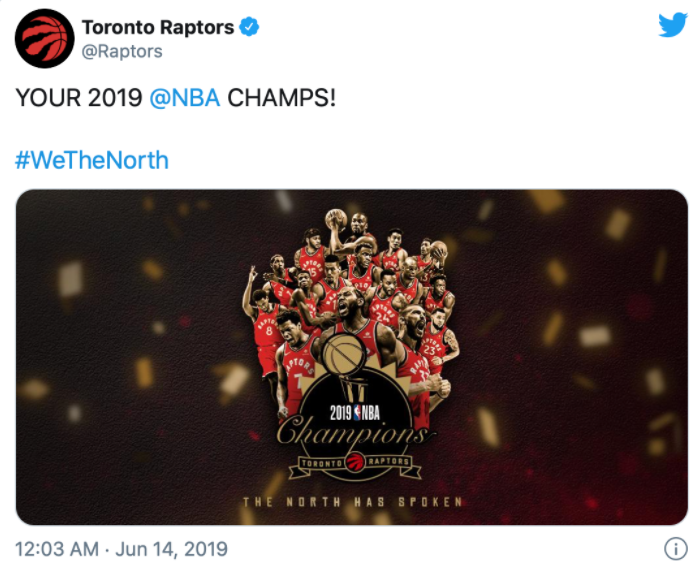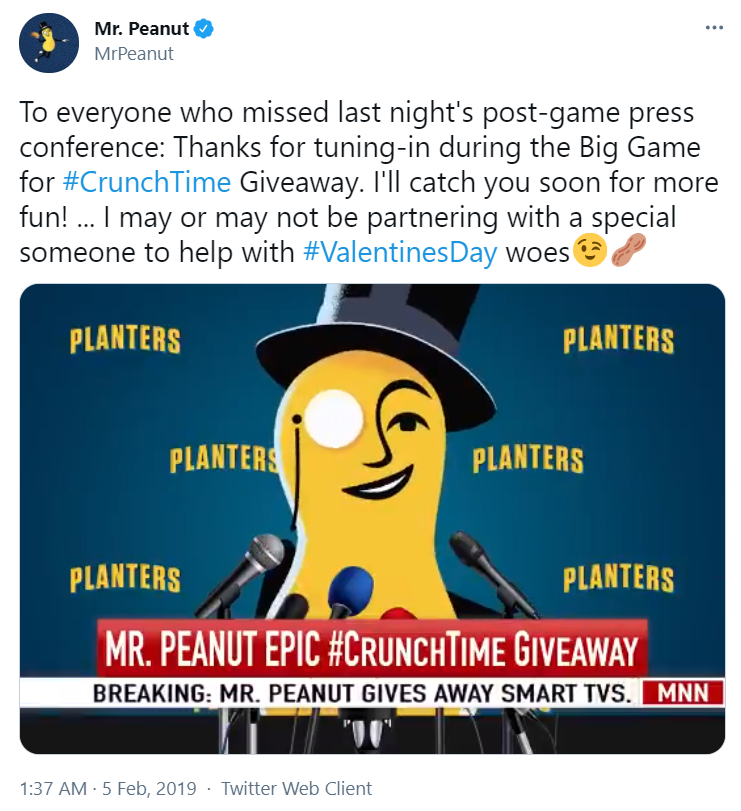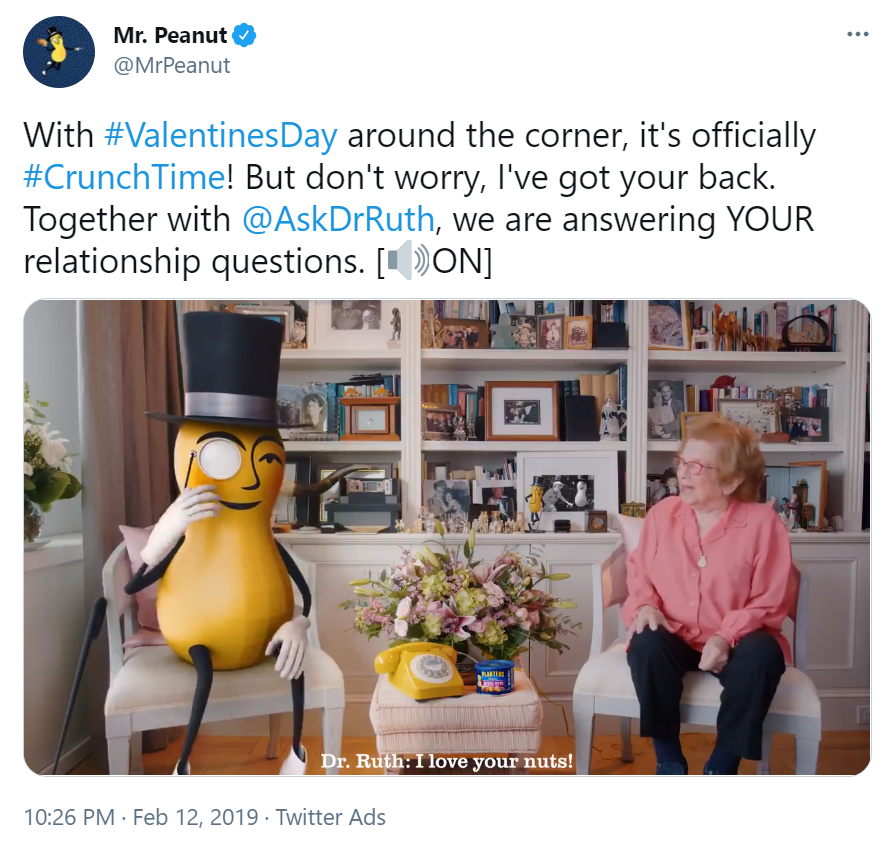THE POUND for your marketing strategy! How one popular keyboard symbol can level up your game [Thursdays: FYO!]

Gary Vaynerchuk is a Belarusian-American entrepreneur, speaker, and Internet personality.
In one of his blogs, he said:
He observed that some business owners or marketers are too busy looking for quick hacks, bots, or gimmicks to build their brands’ online presence.
While these strategies are acceptable, Vaynerchuk states it’s important to not forget the actual human on the other side of the screen.
He believes success on social media lies in building relationships with others, which requires interacting, listening, and joining in on conversations.
One of the tools he suggests using to connect with people on social media?
Hashtags!
Before the rise of social media, the pound (#) symbol on computer keyboards meant “number,” like:
Then, as the Internet world and different online platforms further developed, hashtags got another purpose.
That is…
To help grow your business and community with people who like and believe the same things you do!
Think of hashtags like a neighborhood―they’re a great way to find someone or something on social media.
They also let you see what’s trending online so you and your brand can join the conversations!
Fun Fact: The 1st hashtag on Twitter (#barcamp) was made by American actor Chris Messina in 2007 and was used to connect with people who attended the BarCamp Conference in the same year.
Since then, posts that contain the # symbol are constantly being used on different social media platforms such as Facebook, Twitter, LinkedIn, Instagram, TikTok, etc.
There isn’t much variation in the functionality of a hashtag across various platforms. However, since Twitter is a bit “writing heavy,” it’s easier for online users to find others who are talking about a particular topic without typing the # in the search bar.
For example: If you like to get more updates about basketball, you can just type “basketball” instead of “#ilovebasketball.” Once you click “Search,” different relevant hashtags and profiles who are tweeting about that sport will show up.
If, for instance, you’re searching for a more specific topic like the Toronto Raptors’ #WeTheNorth, you have to type the hashtagged words in the search bar so only posts related to that topic will appear.
As a business owner or marketer, what are some of the guidelines you should follow when you’re using hashtags to grow your brand’s online presence?
Below are some of the tips from Gary Vaynerchuk himself:
- Make sure your social media accounts are public.
If you want your brand to expand its online reach, you have to ensure it is visible to every online user across the world.
Think about this: If your brand’s social media account is private, how will non-followers see your posts?
It’s like you’re creating an exclusive environment for your followers only and even if you’re using hashtags, that won’t do the trick.
That defeats the purpose of why you’re building your brand’s online presence through the use of hashtags―to get more people to encounter your business.
On the other hand, if your brand’s social media account is public, a lot of people (both followers and non-followers) can like and share your posts and find your content online!
- Don’t try to make your own hashtag.
Vaynerchuk states that in using hashtags, it’s better to “ride the wave of what’s currently trending.”
Let’s say your brand has a promo for couples who will celebrate Valentine’s Day.
Instead of creating a new hashtag, which has less chances of quickly spreading, why not use an existing hashtag that’s already familiar to a lot of online users?
After all, the hashtag culture is not designed to represent only a single topic. Once a particular hashtag is made, like #ValentinesDay, anyone from around the world can include that in their posts to join or change the conversation.
The bottomline?
Look at the hashtags that are trending on social media and figure out how to use them in your brand’s own content.
Just be mindful of the tone of your message so you won’t offend anybody!
- Avoid including too many hashtags in one post.
Limit your hashtags in a single post to 3. When you include too many tags, chances are online users will assume your content is spam.
In some cases, they might not only assume, but also report your posts as spam―you wouldn’t want to reach that point!
Hashtags are helpful in increasing your brand’s reach, but don’t go over the limit.
Focus on your content too!
As long as your posts are well-written and captivating for online users, even if there’s only 1 hashtag, likes and shares are still possible.
Food processing company Planters utilized hashtags creatively in some of its posts in February 2019.
Notice that there were no new hashtags on Planters’ tweet. Rather, the company used the contextual #ValentinesDay and the already popular #CrunchTime.
By combining the power of context and people’s familiarity with the hashtags, the brand’s short video for the Crunch Time Giveaway gained a lot of views and shares in just 24 hours!
Imagine that―a 15-second ad with 39,100 views and over 1,000 shares in just a day!
Aside from that, Planters posted another Valentine’s Day-related video that featured German-American therapist, Dr. Ruth Westheimer.
The post contained the same hashtags in the previous tweet.
Here’s the result of this post:
A whopping 984,000 views and more than 800 Twitter users who joined the conversation using the hashtags, #ValentinesDay and #CrunchTime!
These numbers went a looooong way to bring the Planters name to different parts of the world!
Hashtags may seem like a trivial element, but they are capable of doing BIG wonders for your brand and leveling up your marketing strategy.
In the words of Gary Vaynerchuk:
“When you’re looking at hashtags, you never know who you’ll find. You could find somebody’s account, let’s say a sous chef in Kansas City, that has 813 followers. If you see that person loves Italian or Mediterranean cooking, figure out how you can add value to their brand. Are you a small retailer or conissor? Engage with that person and see if they’re interested in collaboration. You could say, ‘Look, I’m importing amazing olive oil and I’d like to send you a bottle to try it out and if you enjoy it, it would mean a lot if you could post about it.’ That’s how you begin to build your community and your reputation. That’s how your brand grows.”
So… what are you waiting for?
Listen to Vaynerchuk’s advice and utilize hashtags to your brand’s advantage!
Ride the wave of attention on social media…
… use hashtags that are sure-fire hits…
… and focus on creating good content.
As long as you know how to properly utilize hashtags and engaging content, they will help you grow your business’s online network and help more people FIND YOU online.
About The Dynamic Marketing Communiqué’s
“Thursdays: FYO! Find You Optimization”
Why should you stop thinking SEO and start thinking FYO?
We’re not saying that you should abandon Search Engine Optimization (SEO).
Don’t get us wrong, of course, we know this is something very important, especially in today’s digital marketing age.
The internet landscape is vast, and a world of its own. You really need to distinguish yourself and make your brand/company/website known and easily searchable.
Better yet, get to the top of page one for Top Results on Google or any other search engine.
However, what is the purpose of SEO? It’s that customers Find You!
That’s what matters. So, while SEO is one factor of FYO… it really is only one, and we ought not to abandon all the myriad of ways digitally and offline for improving your FYO.
How can we look at this from a different and better perspective?
Let’s say you have it in the bag! You and your team are experts in SEO. Awesome. But did you ever wonder what else you could do to push it further and give your SEO skills a boost?
FYO! Find You Optimization!
You need your target audience to FIND YOU—your brand, product, service, or offer. This is SEO plus other tools that increase visibility online (and offline).
Every Thursday, we publish content on how you can get your target market to find you, beyond the typical “type and search.” There are other things you can do along with your SEO to give your online advertising process a boost.
Try considering other tactics beyond it—WOMO (Word Of Mouth Optimization), RO (Referral Optimization), and “All-Other-Means-Of-Getting-Your-Target-Market-To-Find-You” Optimization (AOMOGYTMTFY, if you’d like a long acronym).
Part of a great marketing strategy is knowing how to adapt new methods and make use of different types of marketing and promotion that best fit your business goals and which give you the results you want.
Hope you’ve found this week’s insights interesting and helpful.
Stay tuned for next Thursday’s FYO!
Cheers,
Kyle Yu
Head of Marketing
Valens Dynamic Marketing Capabilities
Powered by Valens Research
www.valens-research.com








